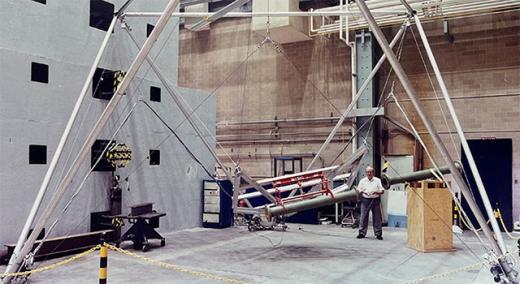The RoboCrane—now hard at work at the Chernobyl and Fukushima nuclear cleanup sites—is a good example of a successfully commercialized technology invented at the National Institute of Standards and Technology (NIST). I’ll try to tell that story here.
|
ADVERTISEMENT |
During the early 1980s, the manufacturing of industrial robots was dominated by a few dozen U.S. companies eager to expand into new applications with new innovative robot designs. One application that had not yet been explored was that of robotic cranes that could move and position industrial robots or tools in novel ways to achieve a variety of new tasks. The main reason was that single-point suspended cranes have very low resistance to swing as well as low resistance to twist about a vertical vector axis. This is a serious limitation because most industrial robots require a stable base for their operation.
Some manufacturers resorted to the use of rigid telescoping masts, which are heavy and have limited reach and payload capability. To address this problem, in the mid-1980s the late James Albus, a prolific visionary and longtime chief of my division, invented what was later called the NIST RoboCrane.
…

Add new comment